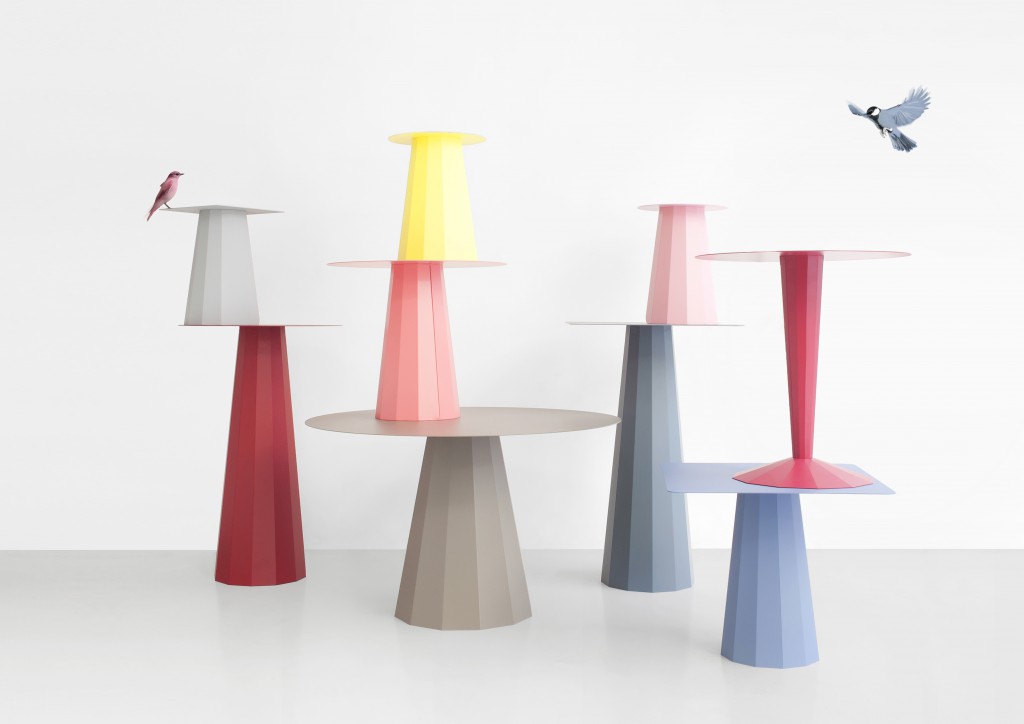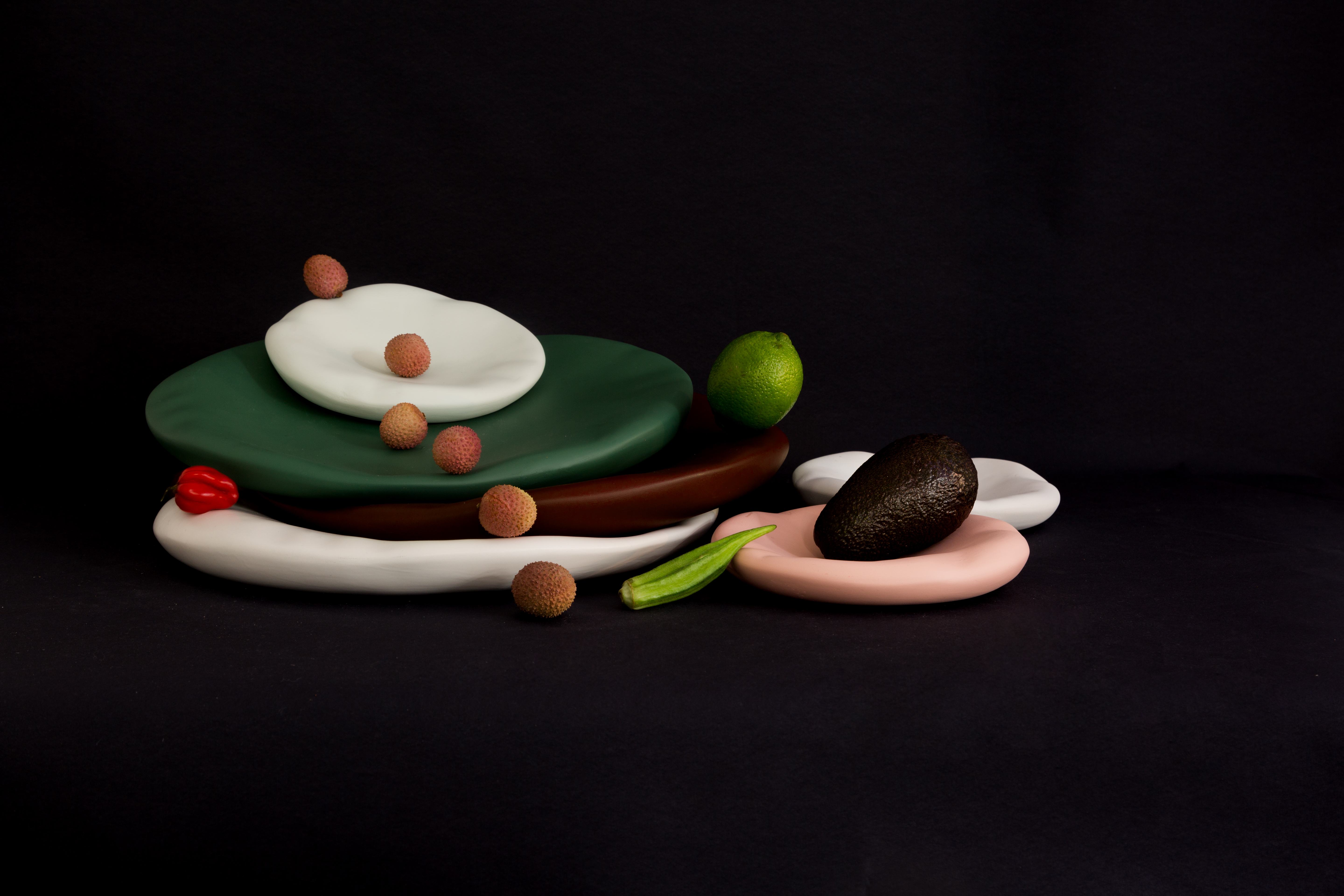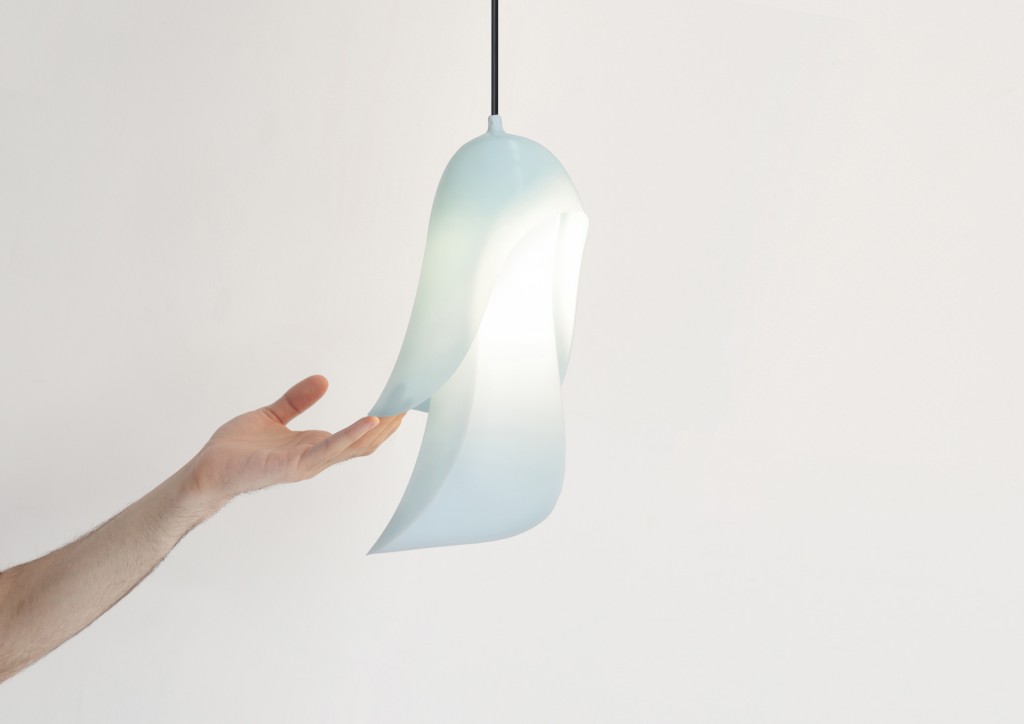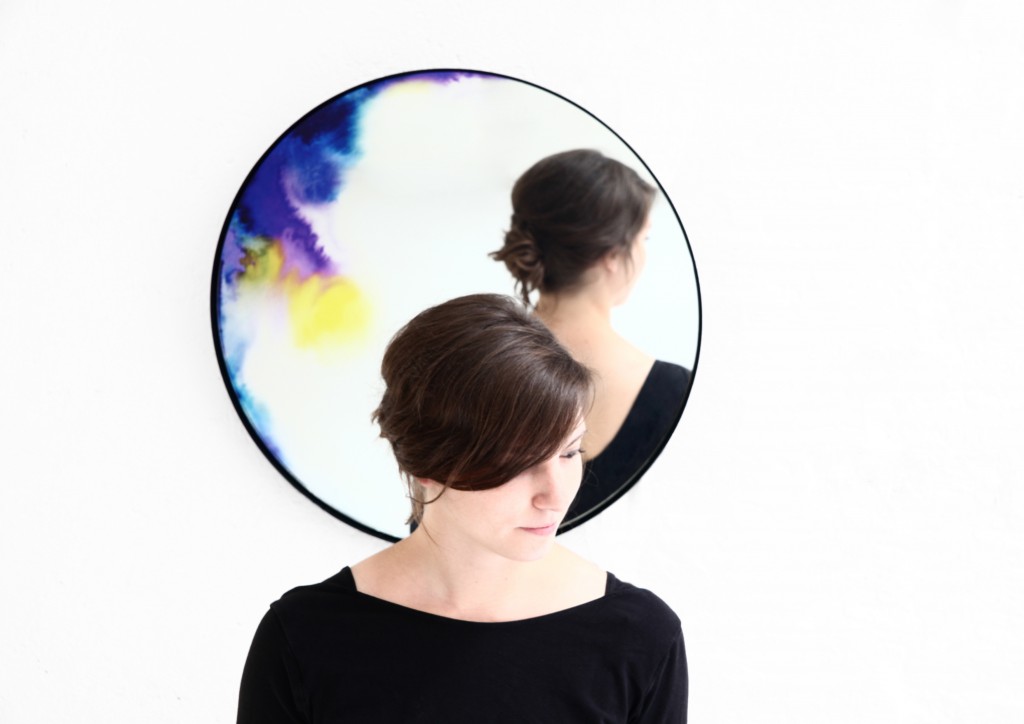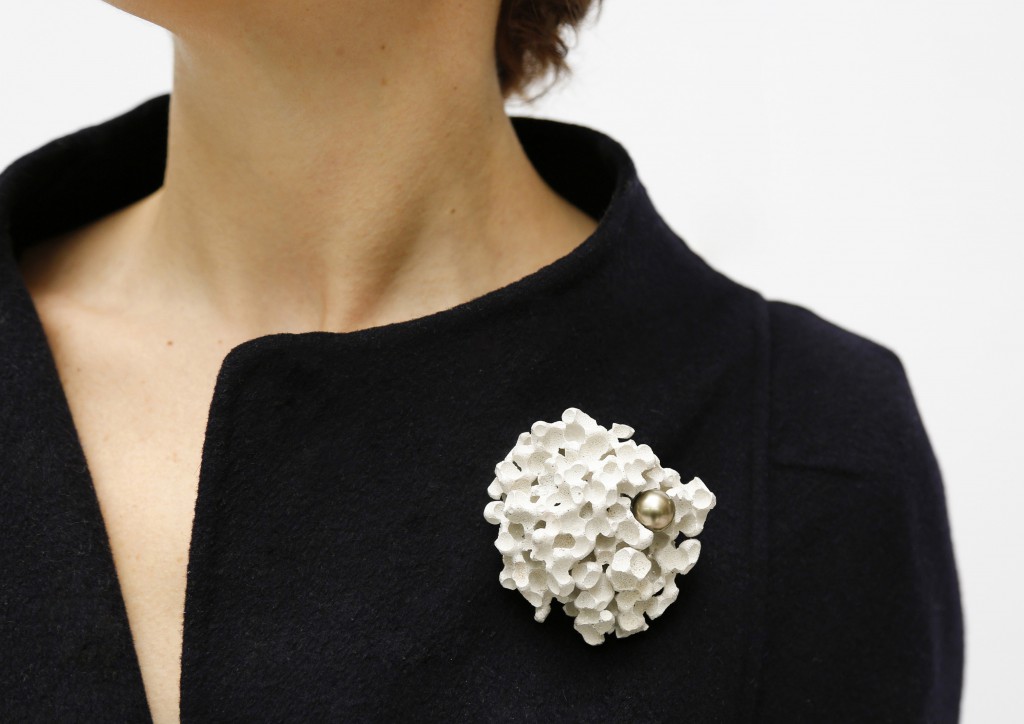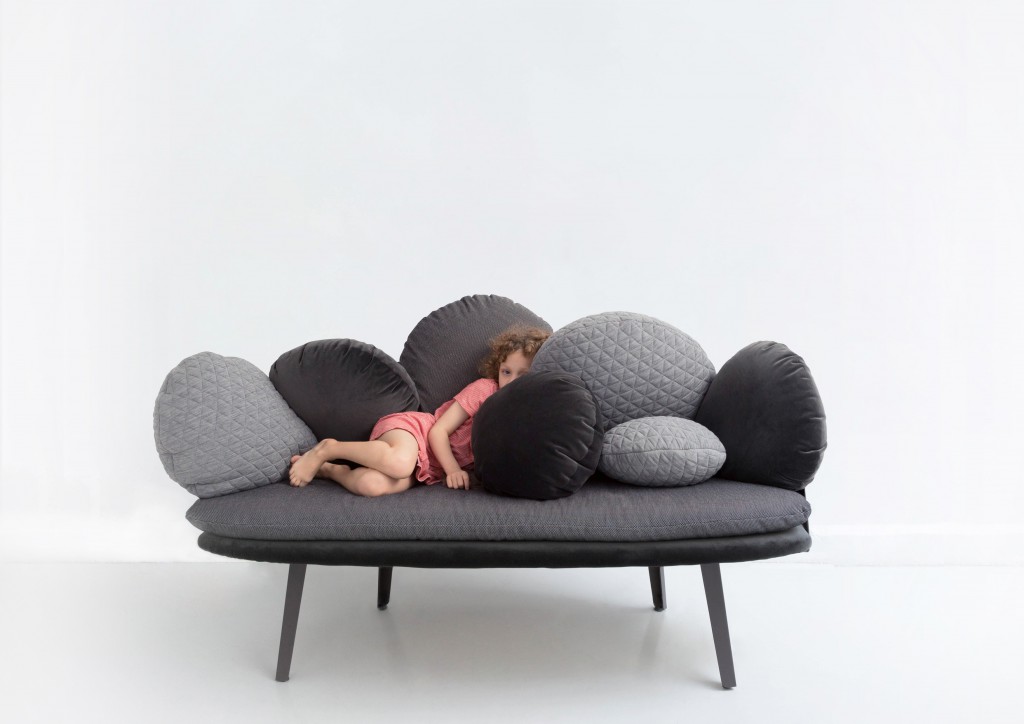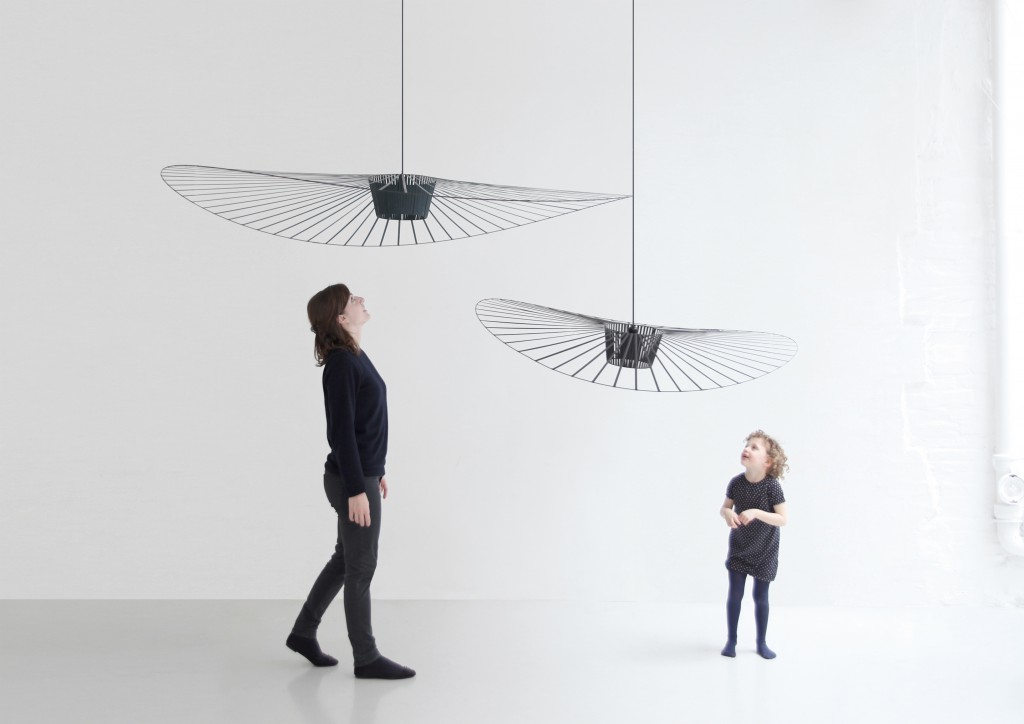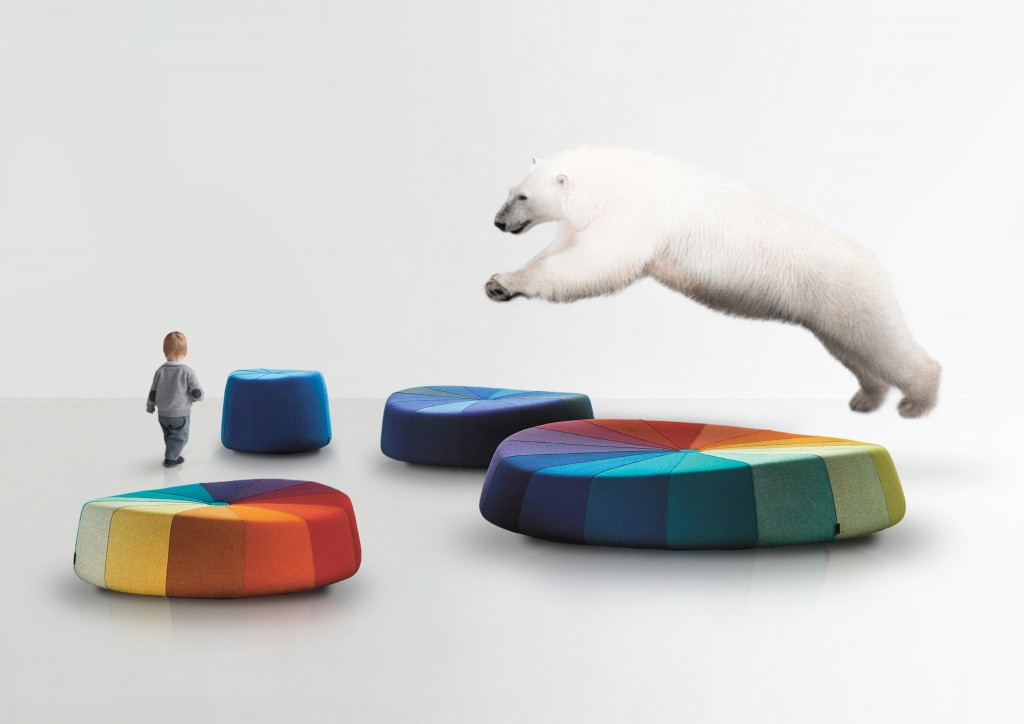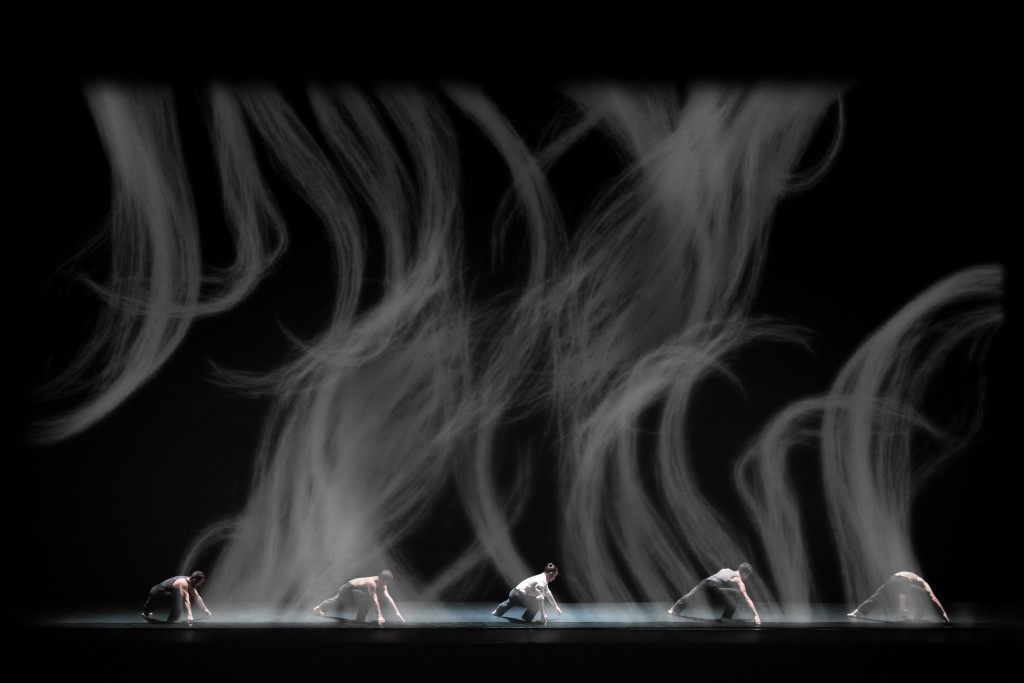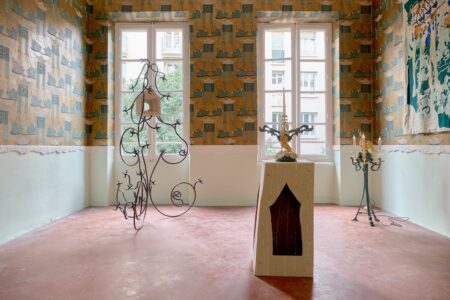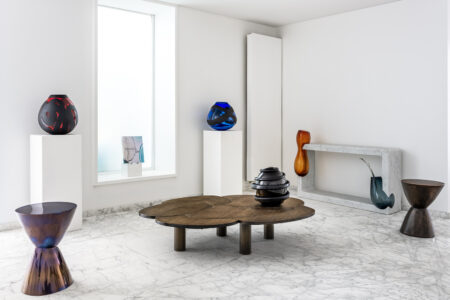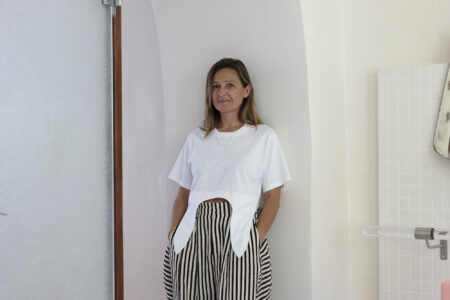Constance Guisset Shouts “Actio!”
The Musée des Arts Décoratifs in Paris is hosting a retrospective exhibition dedicated to the scenography and object work of the French designer
It’s baffling to think that Constance Guisset’s design career spans only a decade. And yet, what a decade: the French creator has gone from object design for the likes of Petite Friture to ballet scenography for choreographer Angelin Preljocaj, from interior architecture to jewellery and video, and now books and music.
The Musée des Arts Décoratifs in Paris is celebrating her prolific production with Constance Guisset Design • Actio!, a retrospective focused on both her scenography projects and her object design work. But true to form, Guisset and museum director Oliver Gabet are exploring how it can be much more. A few days before the opening we discussed the risks they’re taking with some of the proposals, the myth of the wunderkind and the importance of challenges in her current work.
TLmag: The most eye-catching of your new projects is actually an unexpected one: a children’s book, called Brouillards (Fogs). How did that come about?
Constance Guisset: It’s something that we’re showing in the exhibition, because it’s being released in November. Albin Michel liked a book I had done for an exhibition at the mudac, and they asked me if we could make a book together on the round shape, so I began with that, but it was postponed. Then the idea of this book came because I wanted to have my children learn the words “brouillard” and “pollution” —I wanted to explain to them, with a real explanation, the difference between fog and smog. If you look at places like Italy, there’s a tradition of designers like Bruno Munari doing children’s books, so I think it was natural for Albin Michel to ask me.
TLmag: How do you explain your intense professional rise in the last 10 years?
CG: I began working in design a bit older, after another life. Some people trusted me and gave me projects. It’s never one thing; it’s many things together, I guess.
TLmag: It’s additionally surprising because there’s the current cult of the wunderkind thanks to the tech startup culture, and you actually went the other way around.
CG: I don’t think there’s an adequate moment to begin. I’m sure that those who are very young started even earlier. It depends on the field. Because I started a bit older, I knew where I wanted to go. We need to have determination. It’s difficult to achieve success fast, but it’s even more difficult to maintain it. We need to be very humble about that.
TLmag: Do you think the time you spent in an administrative position at the Bouroullec brothers’ studio gave some some professional advantage?
CG: Yes, I think so! I was watching them work while I was at design school. I guess it helped me understand how a studio works. I learned patience from them: objects take a long time.
TLmag: At Les Arts Décoratifs you worked the scenography for one of the most political exhibitions the museum has done in the last five years, Tenue correcte exigée. How did you approach that?
CG: It was political, but at the same time historical, because it spoke a lot of the way we live, and how we accept and don’t accept things. It tells you a lot about our society. As a scenographer, the complicated thing was that it was a disparate exhibition, because the subjects were very different —sometimes it was about the clothes, sometimes about being in the nude. It was difficult to explain and contextualise today why, at that moment, things had been forbidden. Trying to bring coherence to the exhibition when all the subjects were so different… that was the main challenge. So we worked very closely with Agnès Dahan, the graphic designer: she did a very impressive job with the titles and I tried to do my best to show the pieces. There was a lot of writing! But we needed to show it: it was impossible for someone who didn’t know the context or hadn’t read the text to understand what was in the windows.
TLmag: What is your favourite section in Actio?
CG: I’m working with artists, writers and curators. Someone is making upholstery to reinterpret one of my seats. I’m also working with people that make music —they came to the studio to record the sounds and make music out of it.
TLmag: Music from the sounds of your studio? Why was the experience of sound important to you in this exhibition?
CG: When I’m doing an exhibition, I’m always very interested in how we can present things in a different way. In an exhibition in the south of France I did something with sound: we wrote a theatre piece, we had people say the text while being recorded, and when you entered the rooms you could hear the objects talking. This was the first test. I thought maybe we could use music try to reinforce the sensations that objects bring to the people who use them. I wanted to try. I have no idea if it’s going to work!
TLmag: You’ve even thought of ballet scenography in a different way for you, in terms of materiality. In some of Angelin Preljocaj’s ballets, like Le funambule, you’ve gone expectedly tangible, but in others like La fresque you’ve used full video projections. How did you approach the immateriality of that technique?
CG: We are trying to show the ballets here in the exhibition, showing the process videos in the corridors. I think it’s very important for the people who visit the exhibition to get a glimpse into our universe, to understand how we work.
Now, what I like about projections is that it’s a different world. I like that kind of exchanges: there’s a real excitement when you work with this type of performance. Time is different, people are different.
TLmag: But when I saw the large ball-like element at the center of the Everyness scenography you did for Wang Ramírez, I thought “now that’s actually very Guissetian.”
CG: It always depends on the context. In this case, I knew their budget and what they were expecting, so I needed to create something very simple that they could use all the time and travel with it. They needed something that could be transformed, which is why I proposed the big ball. But actually, the person who did the big ball is the same person doing the video projections. It’s always very challenging.
TLmag: As a designer, those challenges are welcome because you don’t want to repeat yourself. Did you face something like that in Actio?
CG: The challenging part is to think of a big exhibition that is showing all of your projects, and at the same time do an exhibition project. I don’t want to do just a retrospective… I want to do something different. It’s not easy to do a retrospective, but then I’m also trying to turn it into something different, taking lots of risks… like trying to erase the distance between the people and the pieces, creating a room where people can use everything when I don’t know how many people are going to visit the exhibition. I’m also showing many things about our process, something that’s very intimate. I don’t know what’s going to happen!
The exhibition opens on November 14 and runs until March 11, 2018
